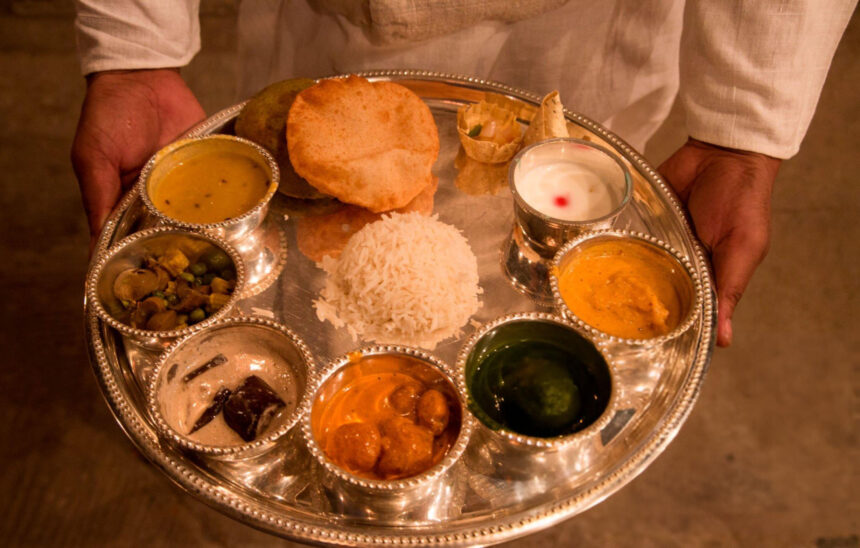Introduction: The Deep Connection Between Indian Food and Culture
India is a land of vivid diversity, and its cuisine is a powerful reflection of its cultural heritage, regional identities, and spiritual beliefs. From the fiery curries of the south to the rich gravies of the north, Indian food is not just nourishment—it’s a cultural expression. Every dish tells a story of tradition, religion, geography, and history.
In this blog, we will explore how food reflects the culture of India, its deep-rooted symbolism, and why Indian cuisine is considered one of the most vibrant and diverse in the world.
1. Regional Diversity in Indian Cuisine
One of the most striking aspects of Indian food is its regional variation. Each state—and sometimes each city—has its own unique culinary identity.
-
North India: Known for wheat-based staples like roti, naan, and paratha. Dishes such as butter chicken, rajma, and biryani reflect Mughal influence and a love for creamy textures and rich spices.
-
South India: Features rice-based dishes like dosa, idli, and sambhar. Coconut, tamarind, and curry leaves dominate the flavor profile.
-
East India: Bengali cuisine is famous for its sweets like rasgulla and mishti doi, along with fish curries flavored with mustard.
-
West India: Gujarati thali, Rajasthani dal baati churma, and Goan seafood represent the spectrum of flavors from sweet to spicy to tangy.
2. Food as a Symbol of Tradition and Ritual
Food plays a central role in Indian traditions and festivals. Whether it’s Diwali, Holi, or Eid, the celebration is incomplete without traditional dishes.
-
Prasadam in temples is offered to deities and then shared with devotees.
-
Satvik food is consumed during fasting and religious events, reflecting purity and discipline.
-
Special sweets like laddoos and barfis are made on auspicious occasions.
This ritualistic use of food reflects India’s spiritual connection with what it consumes.
3. Influence of Religion on Indian Food
India’s religious diversity significantly shapes its food habits.
-
Hinduism: Encourages vegetarianism; many Hindus avoid beef.
-
Islam: Followers eat halal meat and avoid pork.
-
Sikhism: Langars (community meals) serve simple, vegetarian food to all.
-
Jainism: Strictly vegetarian and avoids root vegetables to prevent harm to microorganisms.
Religion determines what is eaten, how it’s prepared, and even how it’s served, showcasing the intertwining of faith and food in Indian culture.
4. Spices: The Soul of Indian Cuisine
Indian cuisine is known for its bold and aromatic spices. But these spices are not just for flavor—they carry cultural and medicinal significance.
-
Turmeric is considered sacred and is used in rituals and Ayurvedic medicine.
-
Cardamom, cinnamon, cumin, and cloves are essential to both cooking and healing.
Spices in Indian food reflect a blend of culinary wisdom and ancient medicine, passed down through generations.
5. The Social Aspect of Eating in India
In India, eating is often a shared experience, not just an individual activity.
-
Family meals are central to daily life.
-
Serving guests with warmth is part of Indian hospitality, or Atithi Devo Bhava (Guest is God).
-
Meals are served on banana leaves or steel thalis, encouraging eco-friendliness and a sense of tradition.
The act of eating together reinforces family bonds and social harmony, making food a cultural connector.









